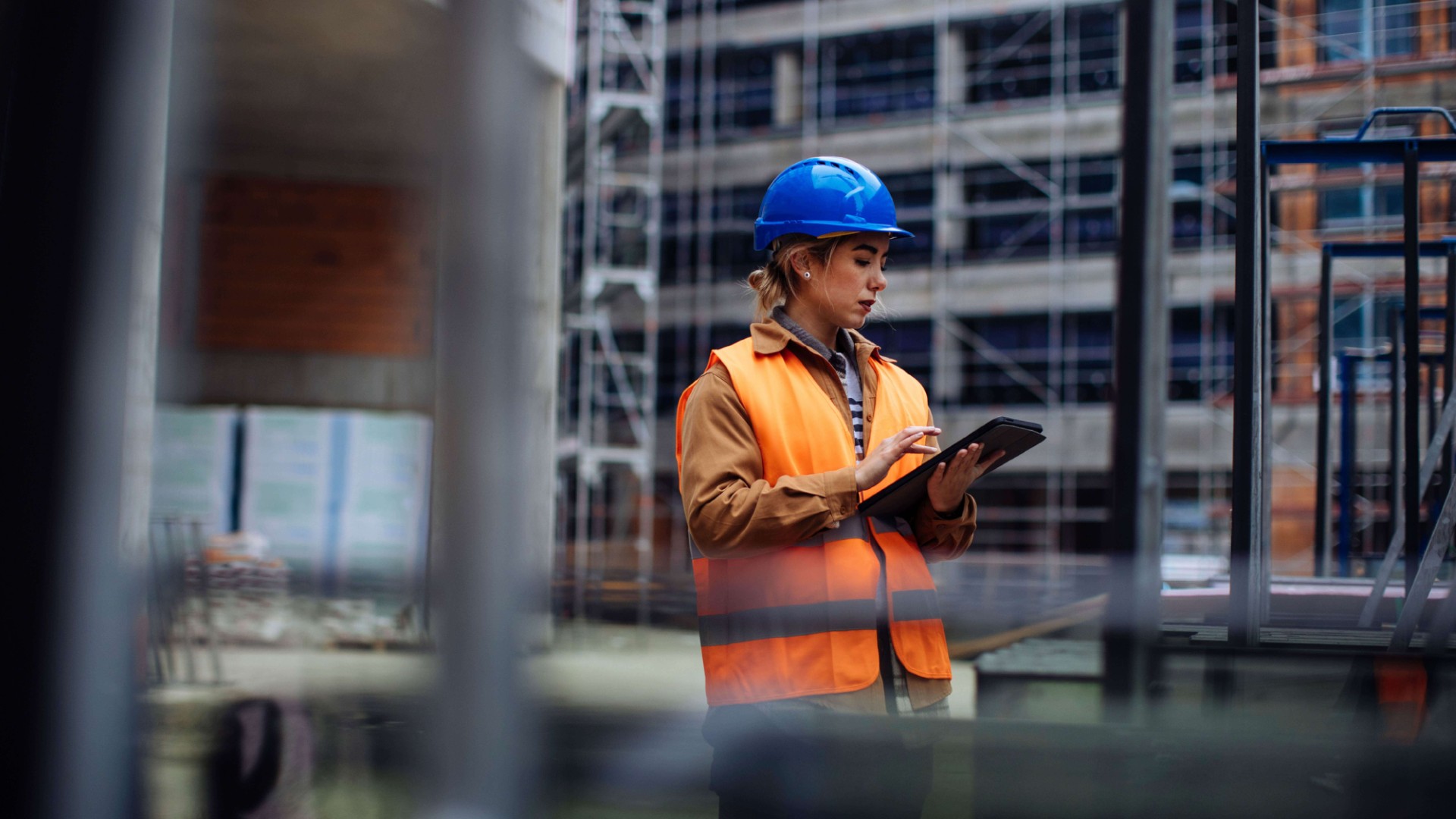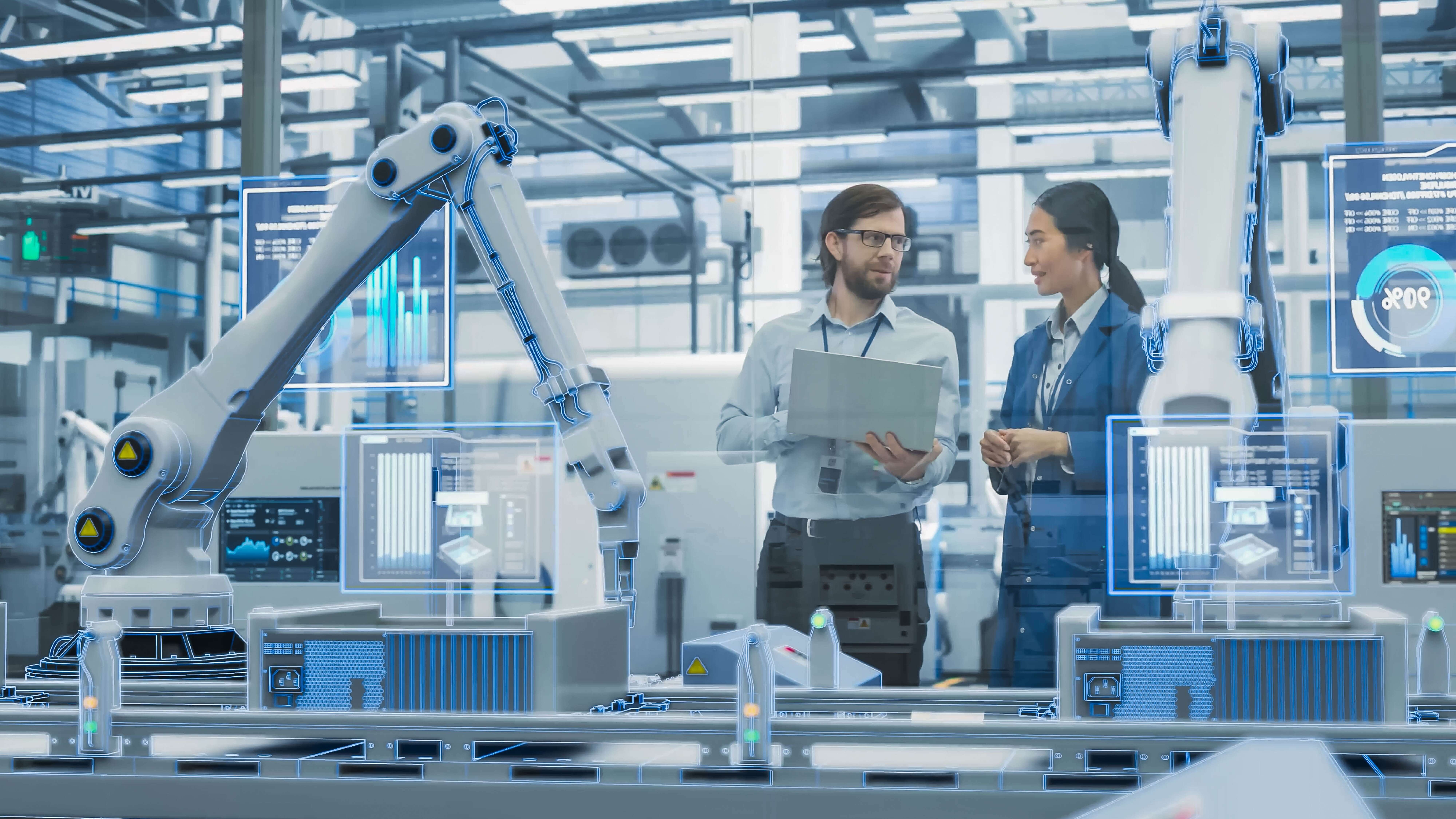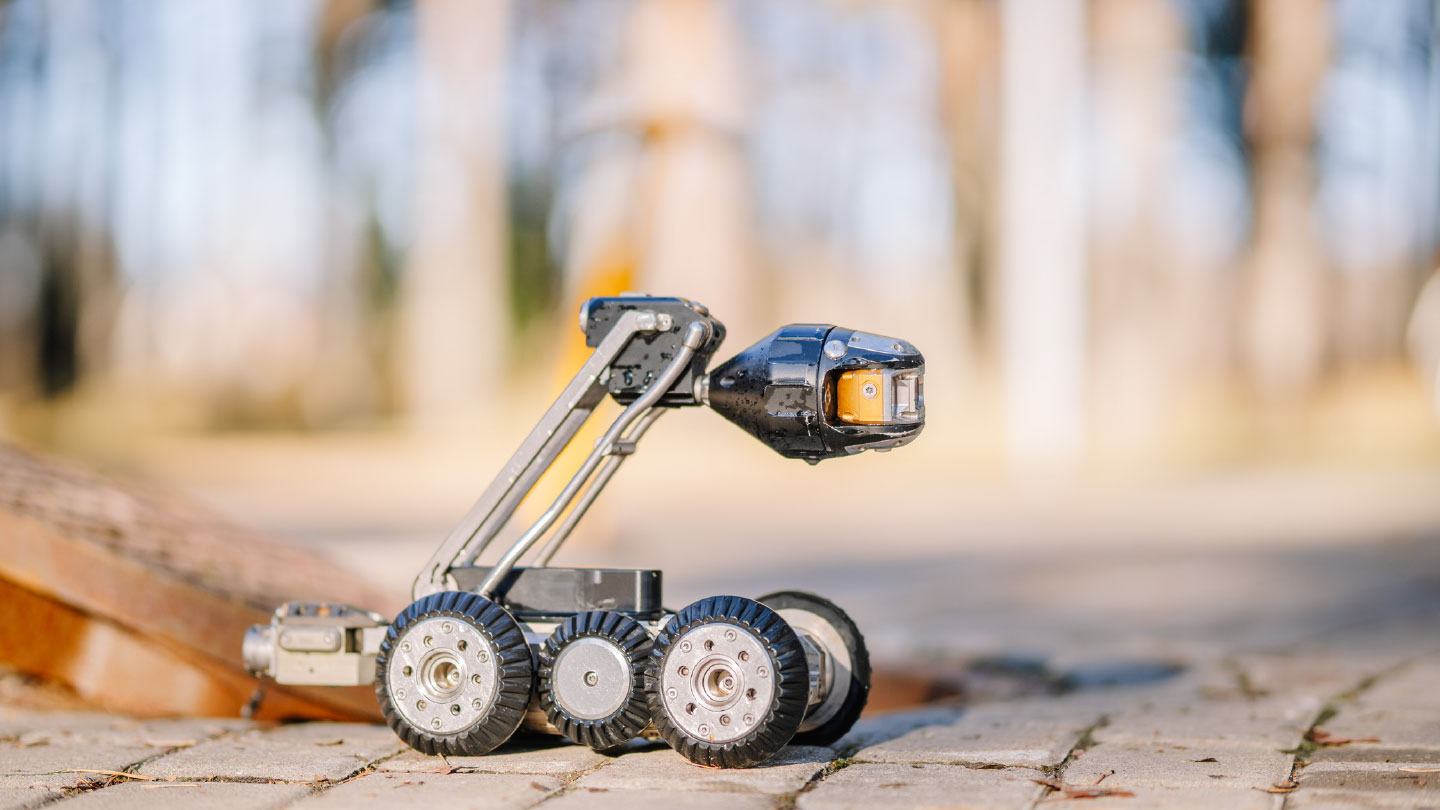Lumada Inspection Insights Leverages Computer Vision Including Satellite Imagery To Radically Transform T&D Grid Asset Management
24 Jun, 2022
Hitachi, the $84bn turnover Japanese multinational conglomerate, has a long history within the electronics industry – and its $8bn 80% stake in ABB Power Grids in 2020 saw the creation of Zurich-headquartered Hitachi Energy, covering grid automation, integration, HV products and transformers.
In May, another Hitachi subsidiary, Santa Clara-based Hitachi Vantara brought its DataOps expertise together with Hitachi Energy’s deep power T&D industry knowledge and integration with satellites by Maxar Technologies along with video, LiDAR as well as thermal scans to develop Lumada Inspection Insights (LII), an AI-focused inspection, monitoring and automation software suite. Previously offered as part of Lumada APM, EAM and FSM software applications, Inspection Insights provides four key capabilities including: Hitachi Map, a single map-like, graphical view of open work orders, workload and crew and asset locations; Intelligent Infrastructure Monitoring for prioritised automated alerts for intruders and asset defects; Image Based Inspection for automated inspection and asset tagging; and Vegetation Manager for monitoring and predicting assets at risk from vegetation growth.
The difficulty with deep learning and AI-based solutions are the high risk of failure – successful deployment often relies on careful, time-consuming implementation focusing on a clearly-defined problem with plenty of clean historical data to train the model with. When redeployed to perform the same task in a different environment, many AI-based systems fail.
Hitachi’s LII aims to address the problem of repeatable and scalable industrial asset management by leveraging decades of accumulated power grid installation, operations and maintenance data alongside operator subject matter expert feedback to continually train the model in the field. Additionally, the focus on image-based data acquisition plugs the largely untapped and ubiquitous CCTV camera and smartphone into the industrial internet of things (IIoT) with minimal additional hardware investment.
Louisville Gas and Electric Company and Kentucky Utilities Company (LG&E and KU) undertook a pilot implementing LII to better forecast vegetation growth and right-of-way threats. Machine Learning algorithms were enhanced with data collected over several months through complex terrain and vegetation. Plugging directly into Maxar satellites incorporating a variety of wavelength sensitivities and other measurements taken as they orbit the earth every 90 minutes, Lumada Inspection Insights tracks vegetation growth to deliver accurate predictions and prioritizes regions to maximize the effectiveness of maintenance crews. Ground-based cameras are used by Intelligent Infrastructure Monitoring and Image Based Inspection to detect damaged insulators, run thermal scans, spot human and animal intruders to a substation, or automatically zoom in on gauges and take readings.
The way the industry is evolving, LiDAR-based inspection is being rapidly replaced by AI-accelerated photogrammetry acquired from anything with a lens – on the ground or in the sky. Already the price of satellite-based vegetation management is one-third the price of LiDAR, and the enhanced inspection capabilities offered by Lumada Inspection Insights might be the direction taken by utilities for their tens of thousands of miles of horizontal assets.
To know more about the benefits of 3D visualization for asset management and operations, read the latest report from Verdantix: Applications Of 3D Visualization Software And Its Benefits For Industrial Asset Management And Operations
In May, another Hitachi subsidiary, Santa Clara-based Hitachi Vantara brought its DataOps expertise together with Hitachi Energy’s deep power T&D industry knowledge and integration with satellites by Maxar Technologies along with video, LiDAR as well as thermal scans to develop Lumada Inspection Insights (LII), an AI-focused inspection, monitoring and automation software suite. Previously offered as part of Lumada APM, EAM and FSM software applications, Inspection Insights provides four key capabilities including: Hitachi Map, a single map-like, graphical view of open work orders, workload and crew and asset locations; Intelligent Infrastructure Monitoring for prioritised automated alerts for intruders and asset defects; Image Based Inspection for automated inspection and asset tagging; and Vegetation Manager for monitoring and predicting assets at risk from vegetation growth.
The difficulty with deep learning and AI-based solutions are the high risk of failure – successful deployment often relies on careful, time-consuming implementation focusing on a clearly-defined problem with plenty of clean historical data to train the model with. When redeployed to perform the same task in a different environment, many AI-based systems fail.
Hitachi’s LII aims to address the problem of repeatable and scalable industrial asset management by leveraging decades of accumulated power grid installation, operations and maintenance data alongside operator subject matter expert feedback to continually train the model in the field. Additionally, the focus on image-based data acquisition plugs the largely untapped and ubiquitous CCTV camera and smartphone into the industrial internet of things (IIoT) with minimal additional hardware investment.
Louisville Gas and Electric Company and Kentucky Utilities Company (LG&E and KU) undertook a pilot implementing LII to better forecast vegetation growth and right-of-way threats. Machine Learning algorithms were enhanced with data collected over several months through complex terrain and vegetation. Plugging directly into Maxar satellites incorporating a variety of wavelength sensitivities and other measurements taken as they orbit the earth every 90 minutes, Lumada Inspection Insights tracks vegetation growth to deliver accurate predictions and prioritizes regions to maximize the effectiveness of maintenance crews. Ground-based cameras are used by Intelligent Infrastructure Monitoring and Image Based Inspection to detect damaged insulators, run thermal scans, spot human and animal intruders to a substation, or automatically zoom in on gauges and take readings.
The way the industry is evolving, LiDAR-based inspection is being rapidly replaced by AI-accelerated photogrammetry acquired from anything with a lens – on the ground or in the sky. Already the price of satellite-based vegetation management is one-third the price of LiDAR, and the enhanced inspection capabilities offered by Lumada Inspection Insights might be the direction taken by utilities for their tens of thousands of miles of horizontal assets.
To know more about the benefits of 3D visualization for asset management and operations, read the latest report from Verdantix: Applications Of 3D Visualization Software And Its Benefits For Industrial Asset Management And Operations
Discover more Asset Maintenance Software & Services content
See More
About The Author

Joe Lamming
Senior Analyst




